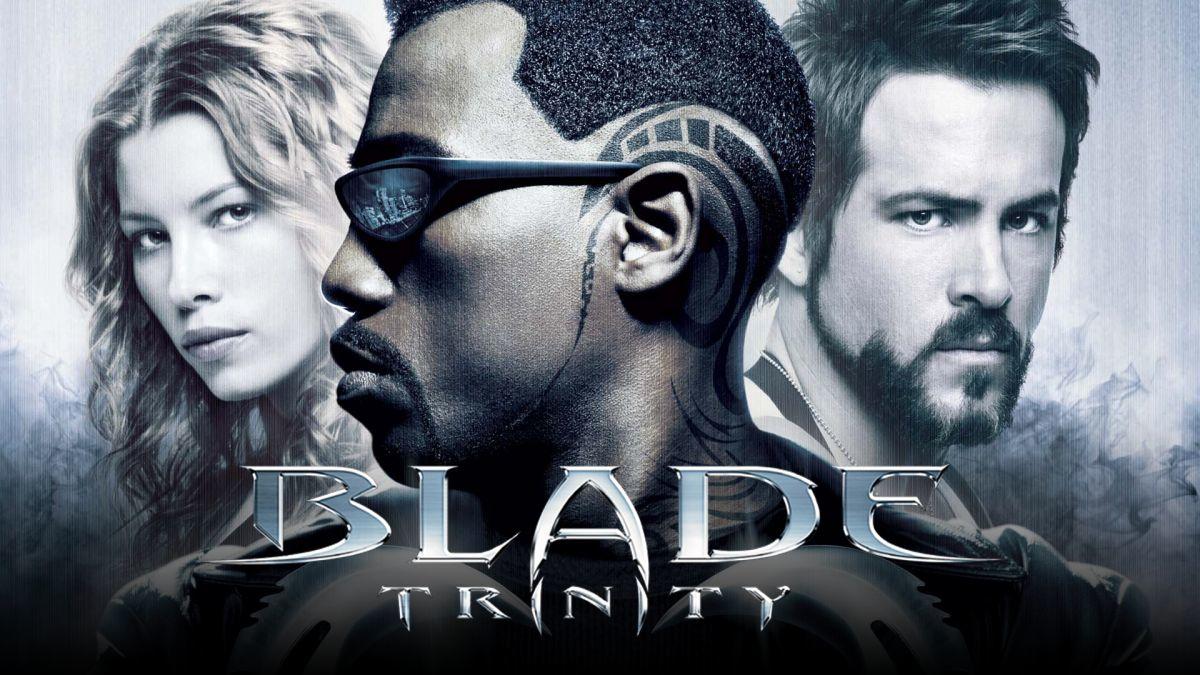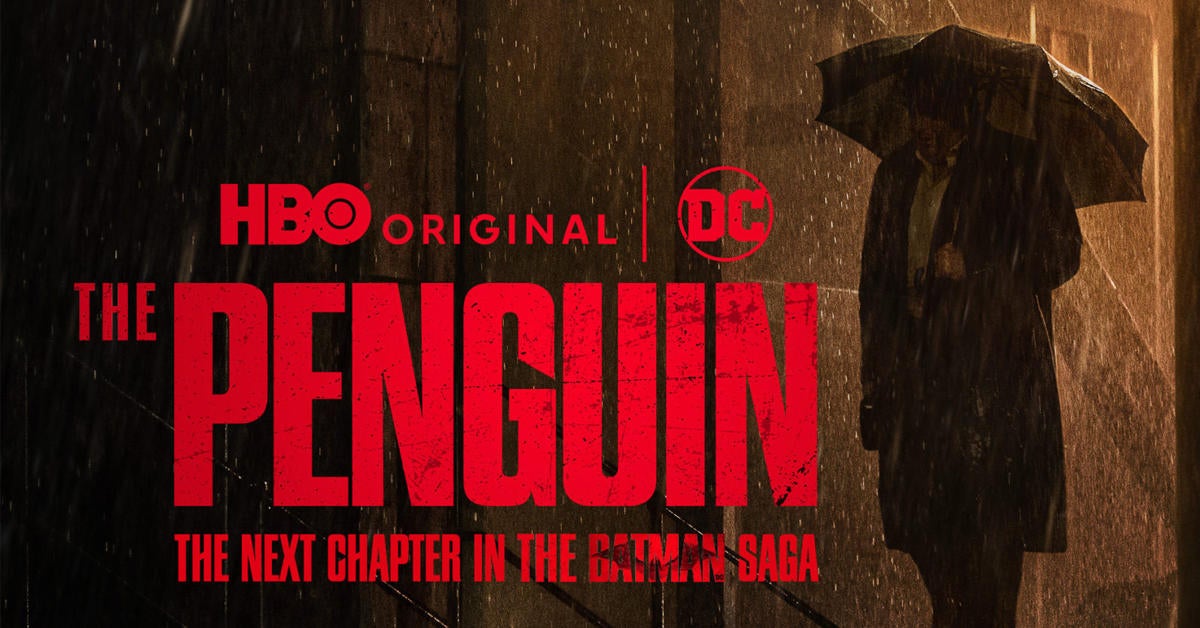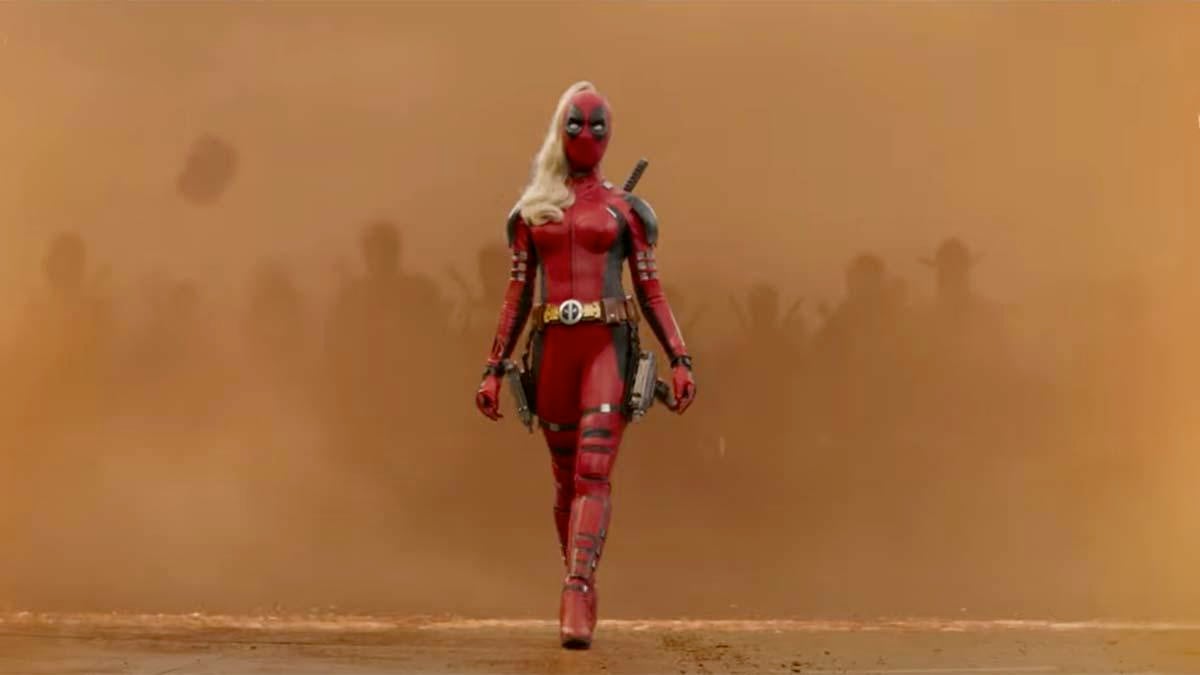Why It Matters to See 'Barrier' in Print
is more than a nice update for collectors and librarians. Choosing to adapt the series offers [...]

Image Comics provided some of the finest picks in Free Comic Book Day material this past weekend, including the first print edition of Barrier #1. This comic miniseries from writer Brian K. Vaughan, artist Marcos Martin, and colorist Muntas Vicente was previously only available on the digital outlet Panel Syndicate. That site, founded by Martin, is a unique platform offering a pay what you want model for digital comics without any restriction. It was launched by the same creative team with their Eisner Award-winning series The Private Eye, which was also transformed into a hardcover by Image Comics recently. Now Barrier will be republished in oversized comics on a weekly schedule throughout May, following the standard-sized first issue offered for free.
The transition of Barrier from a digital only comic to physical issues (and, hopefully, another hardcover edition) is more than a nice update for collectors and librarians. Choosing to adapt the series offers several new opportunities for the comic and readers alike. If you didn't get a chance to check out Barrier #1 while it was first being published at Panel Syndicate or in its free sample during Free Comic Book Day, that shouldn't deter you from picking up the weekly installments throughout the next month. It's a big deal, and here's why...

Expanding Comics (Literally)
We recently made the case for publishing more comics in different shapes and sizes based on the beautiful over-sized series The Highest House from IDW Publishing. Barrier offers another excellent example of how moving comics away from standard dimensions opens up new storytelling and stylistic opportunities for the mainstream of the medium. Part of the rationale behind Panel Syndicate was for Martin to design comics for a computer screen. He approached each page with the widescreen of a monitor in mind, striving to give digital readers the best possible experience for looking at comics on the internet. That took into account both the dimensions and size of a standard monitor, requiring greater levels of detail in order to satisfy readers who would be examining the pages on screens like small televisions.
That experiment has paid off in critical responses to work like Barrier and The Private Eye, rendering some of the best digital comics reading experiences imagined so far. However, these oversized, widescreen pages are not inherently limited to a digital experience. Looking at the printed version of The Private Eye it's clear that the work holds up when given pages large enough to encompass all of its detail and bear the sweeping panel layouts. Seeing Barrier presented in oversized single issues substantiates that point and shows how well it can be achieved in the pamphlet format as well. While this could be read as encouragement to adapt more comics from the internet to physical printing, it also makes the case for publishers to support more experimental formats. Creators like Martin and Vaughan carry a big fan base and have the skill to make experiments like these work. If they desire to work in print, then the success of a series like Barrier ought to encourage more risk-taking in the printing and design of future comics.

Print Still Matters
There is value to be found in print comics as well though. While the concept of digital comics presents a lot of merits, there are some issues they will never overcome. We might imagine that digital material is permanent, but access to it may not be. Someone seeking copies of Barrier or other digital-only comics decades from now may find that they are limited in resources. There is no guarantee that any digital vendor will still exist in the future. There is a further concern about modification. Most digital sales do not guarantee the story being sold will remain unmodified. Movies, novels, comics: all of it can be edited in a digital version stored by an outside vendor. Print provides a permanent copy that can be maintained and referenced. If only for historical purposes, this is immensely valuable. There is a reason that the Library of Congress is a highly valued resource, and its because it maintains original copies for historical purposes. Once a comic is printed it cannot be altered or lost (if securely stored). As we encounter new questions and concerns in the digital age, print offers scholars security.
There's also the readership who might not care to use digital reading tools. This could be due to an instinctual aversion or very real discomfort when utilizing screens for elongated periods of time. The preference for paper over pixels is completely understandable and keeping a comic to only one or the other is likely to limit its distribution. If a story is worth sharing, then its best to provide it as many outlets as possible in the long run.

The Value of This Story
That applies specifically to Barrier because it is a story worth sharing, especially in 2018. The title references many thing, but the most thematically important is the barrier created by culture and language. Vaughan and Martin, as popular and critically-acclaimed as any duo in comics, experiment with dual narratives in multiple formats throughout the narrative. Language plays a massive role as the two protagonists in the series speak only English or Spanish, without any translations. The visual storytelling allows readers with any fluency to still experience the story, but changes perspective and understanding based on how much of the dialogue they can interpret. It raises vital questions of how we work together in a multicultural society and how something like language can reshape narratives on a personal level.
This dual narrative also establishes a lack of understanding in the pair from the very first issue. Both have endured hardship, but lack the reader's awareness of shared experiences and frustrations. Watching them work together guides readers to recognize the importance of empathy and the value in discovering other's stories. As rhetoric and tensions heighten, specifically around the issues of immigration addressed in Barrier, the series serves as a call for a compassionate and humane approach to any disagreement. It stands out as a genuinely significant story for its time, highlighting why it's valuable to be discoverable by as many readers as popular. That's why we're glad it's being printed by Image Comics and sold to new readers in comics stores across the United States.




